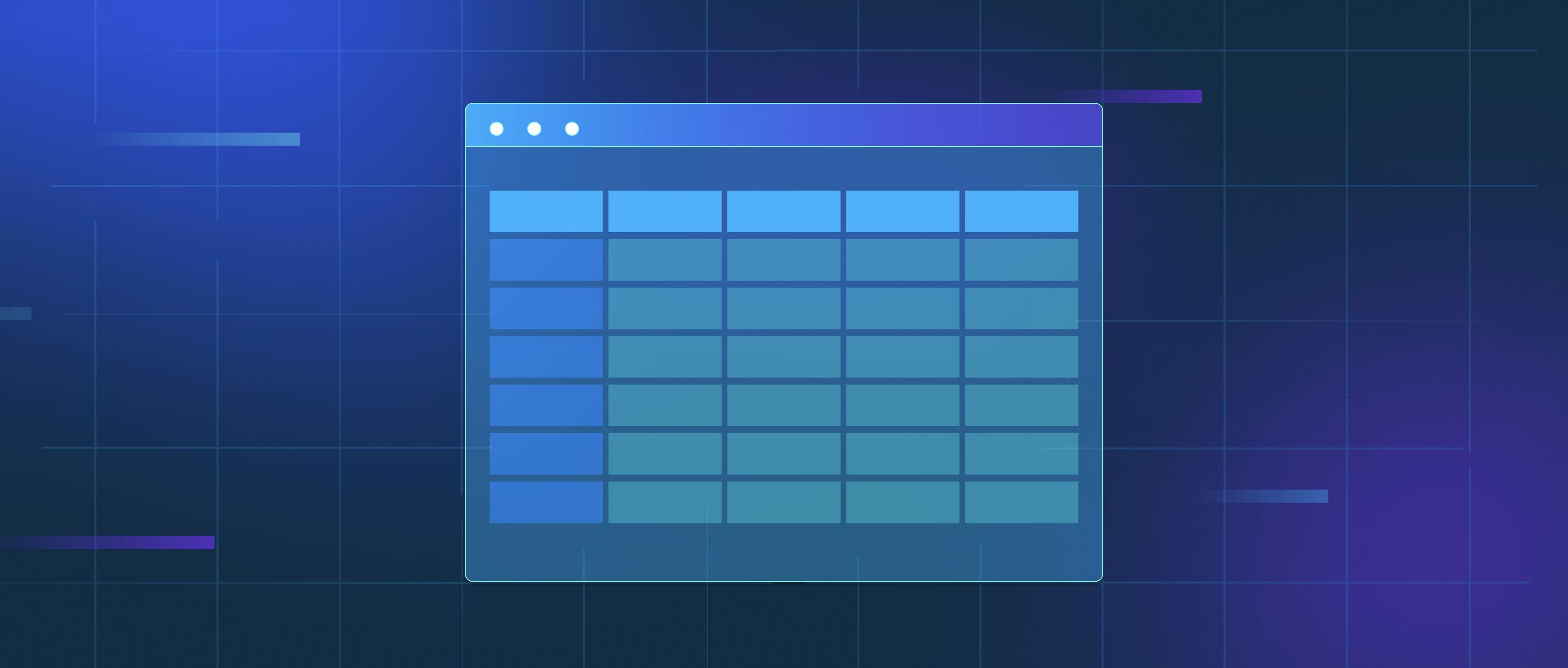Cloud computing plays a significant role in robotics by providing the computational power and storage that many robotic applications require. Robotics often involves processing large amounts of data gathered from sensors, cameras, and other input devices. The cloud enables robots to offload heavy computational tasks, such as image processing or machine learning algorithms, to more powerful servers. By utilizing cloud resources, robots can operate with reduced on-board hardware, making them lighter and more cost-effective.
Moreover, cloud computing facilitates data sharing and collaboration among robots and developers. For instance, when multiple robots are deployed in various locations, they can connect to the cloud to share information, learn from each other, and improve their performance over time. A practical example is automated driving systems that rely on vast datasets from various vehicles to fine-tune algorithms for better navigation and obstacle avoidance. By accessing data in the cloud, these systems benefit from collective knowledge, leading to enhanced safety and efficiency.
Finally, cloud infrastructure also supports real-time communication and updates for robotic systems. This aspect is crucial for applications that require remote monitoring or control, such as drones used in search and rescue operations or delivery robots navigating complex environments. Through cloud platforms, developers can push updates to robotic software or algorithms seamlessly, ensuring that systems are running the latest versions without needing physical access. This capability enhances the adaptability of robots in dynamic conditions, making them more effective in the tasks they are designed to perform.
